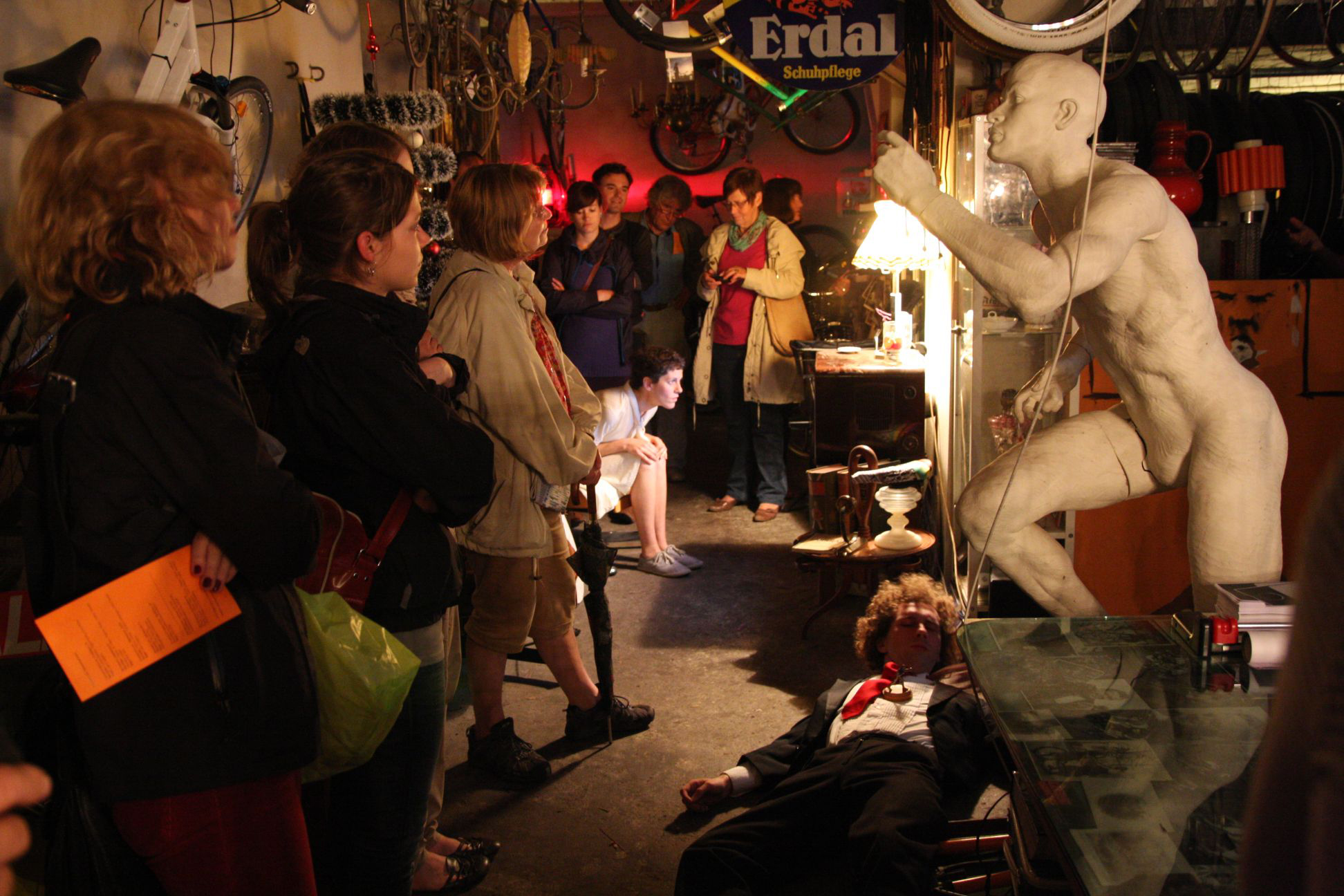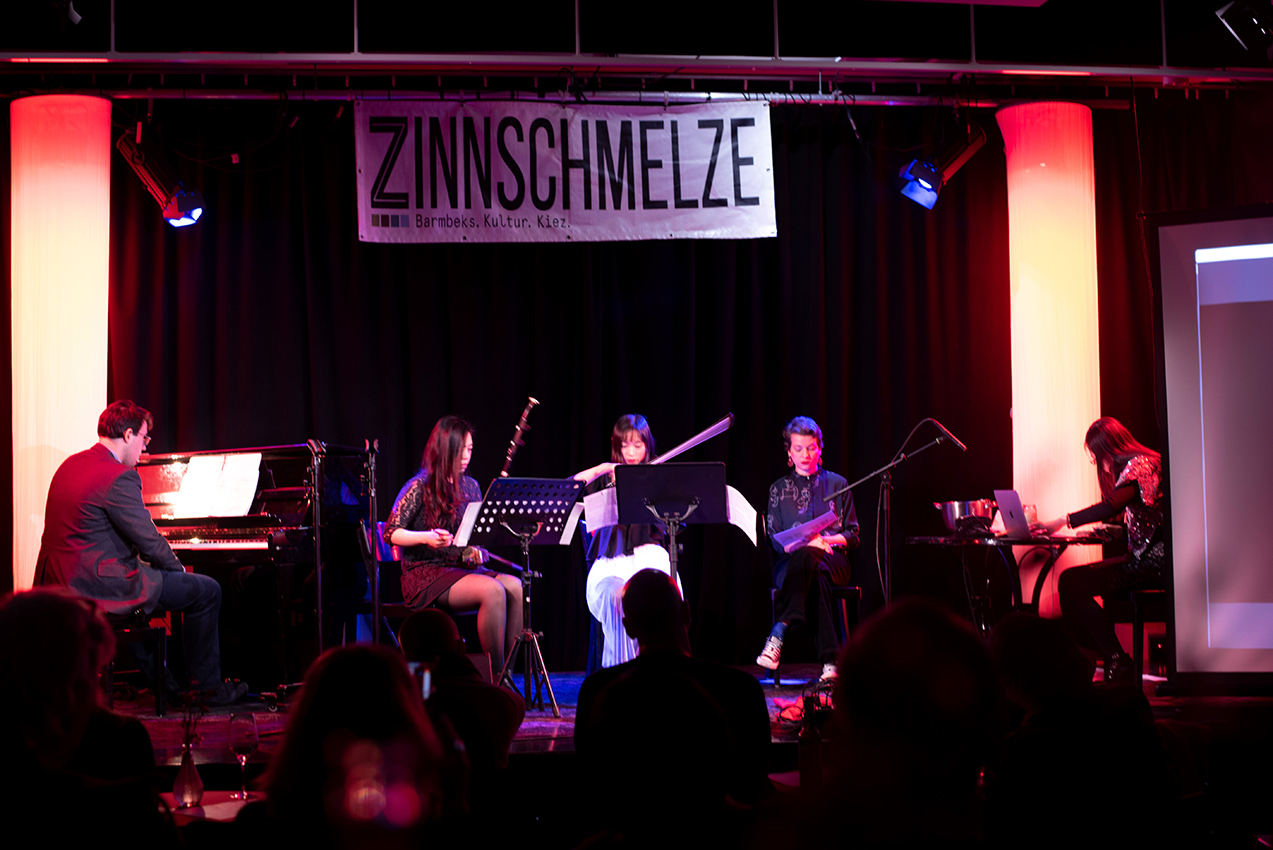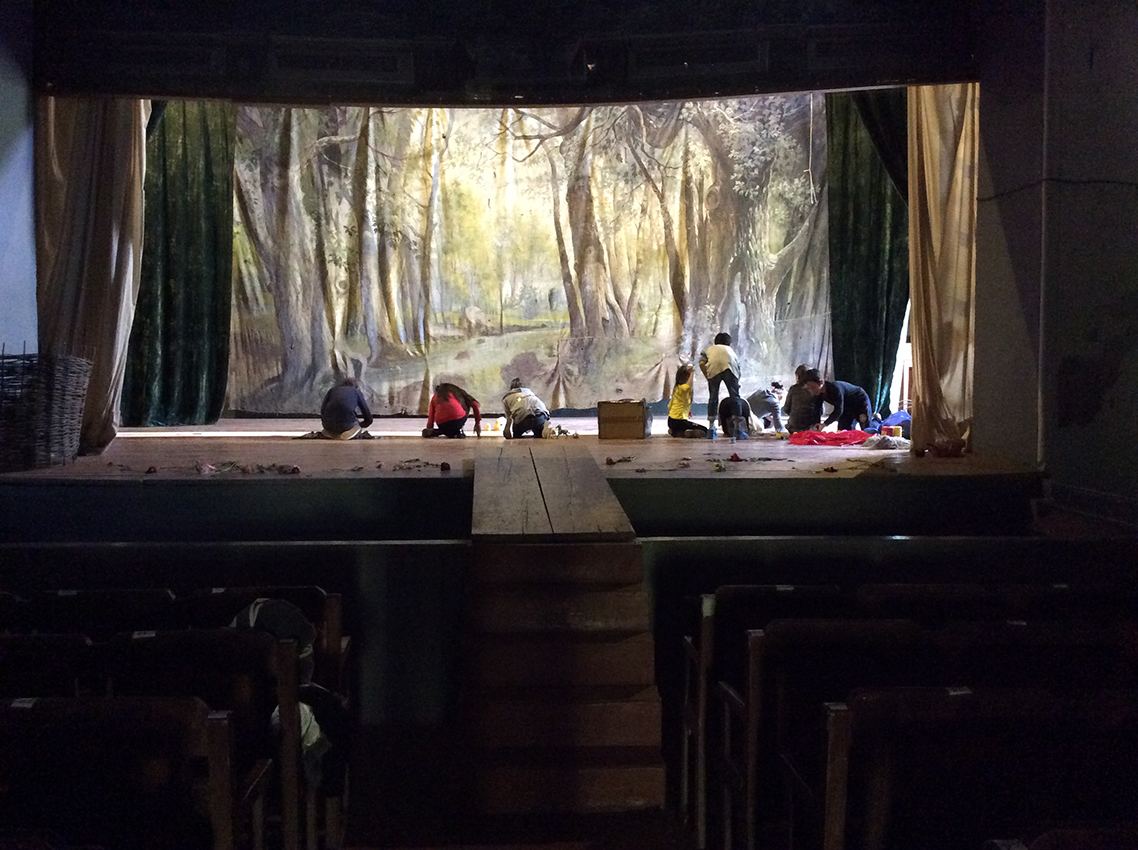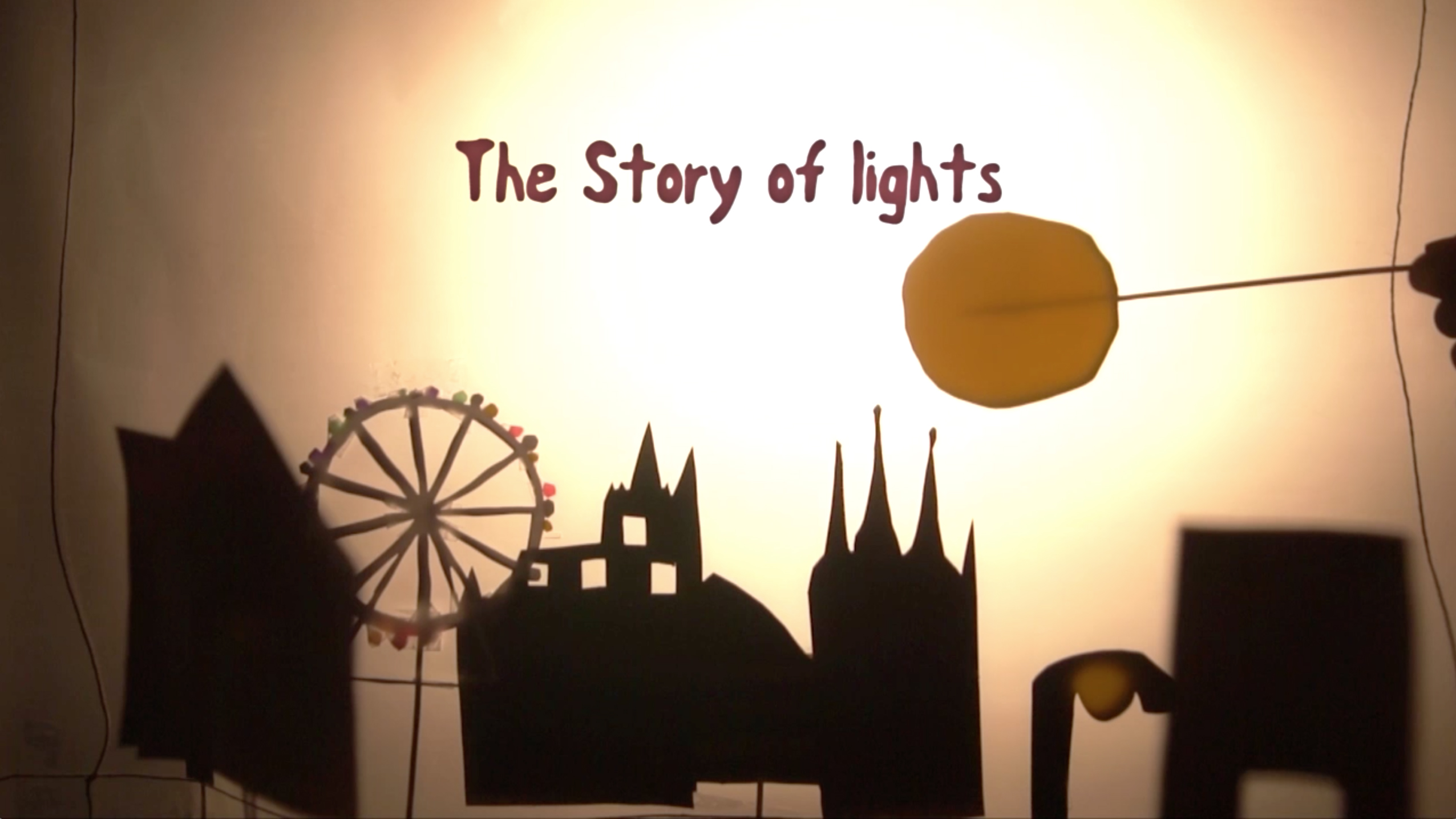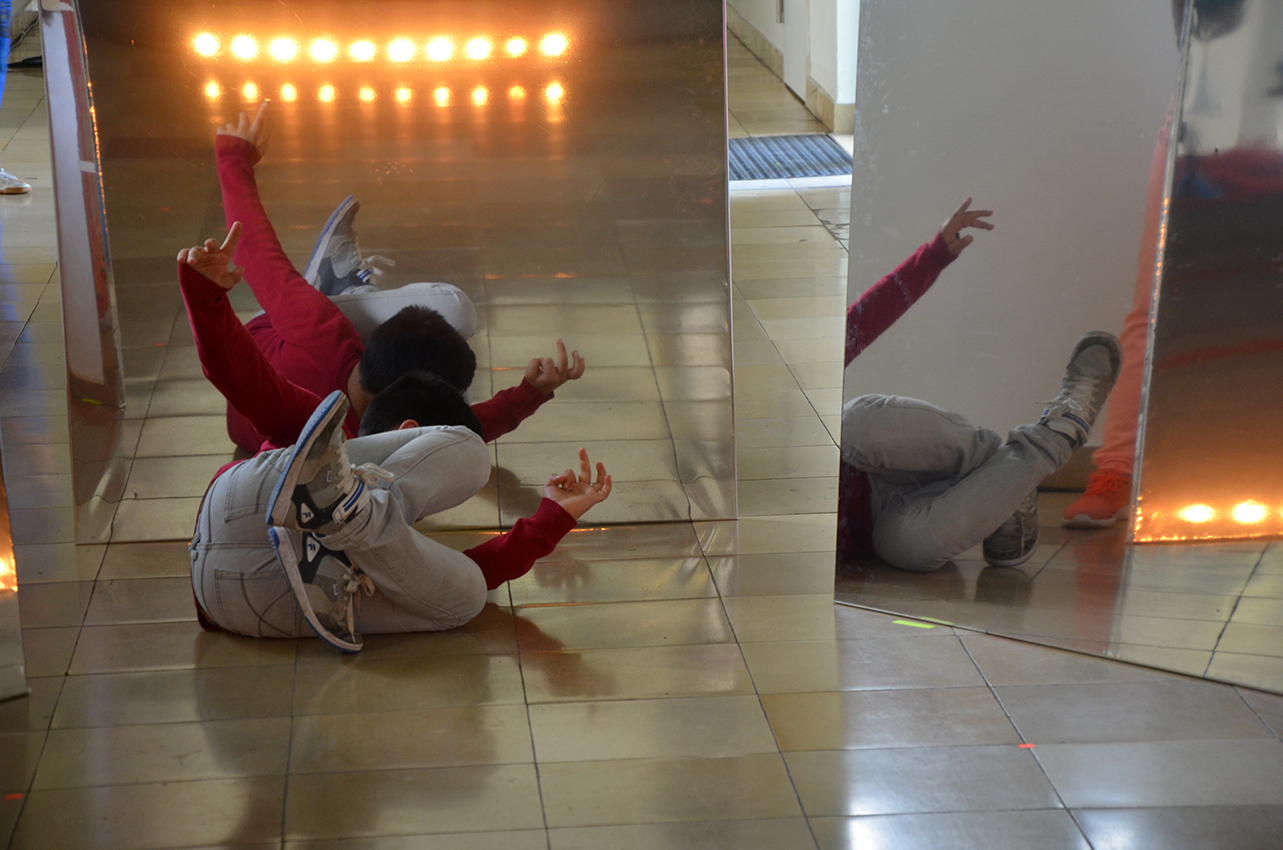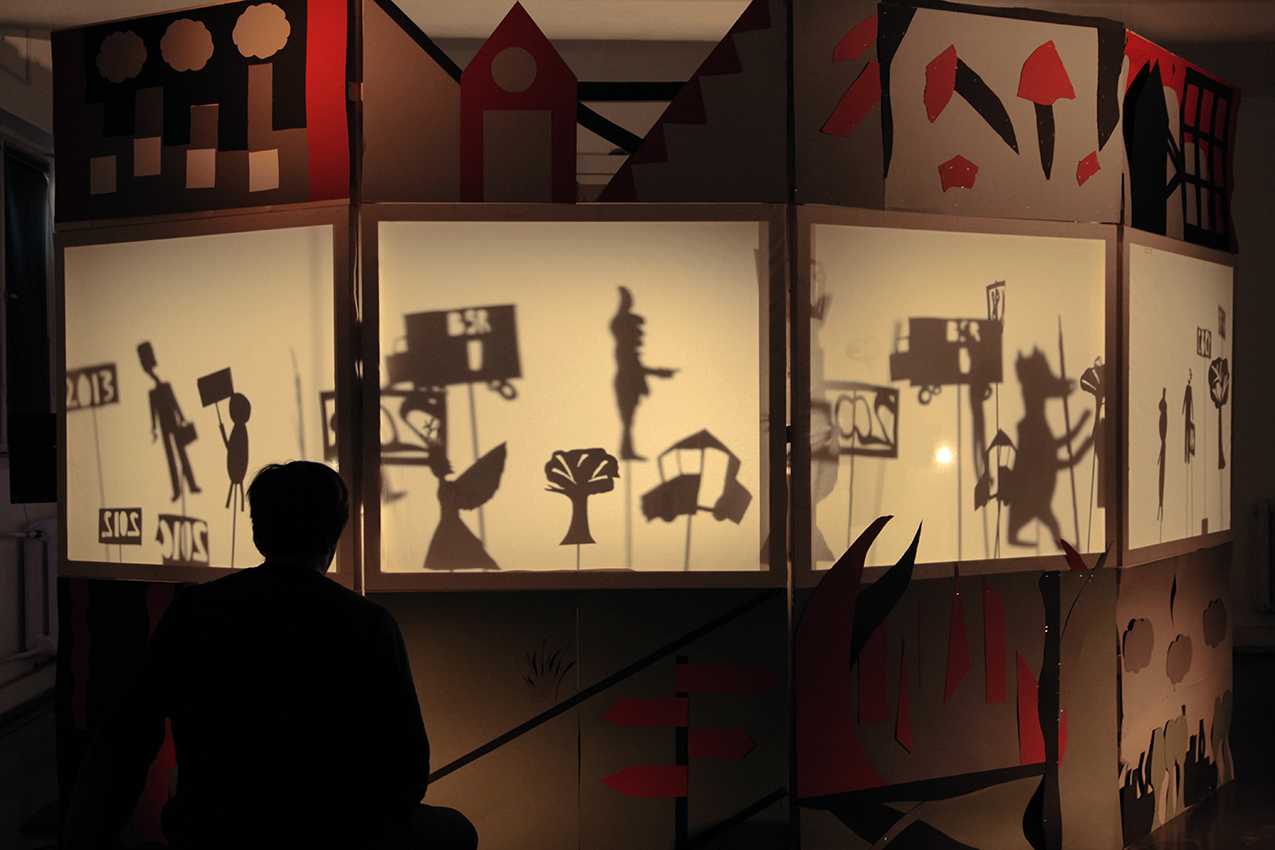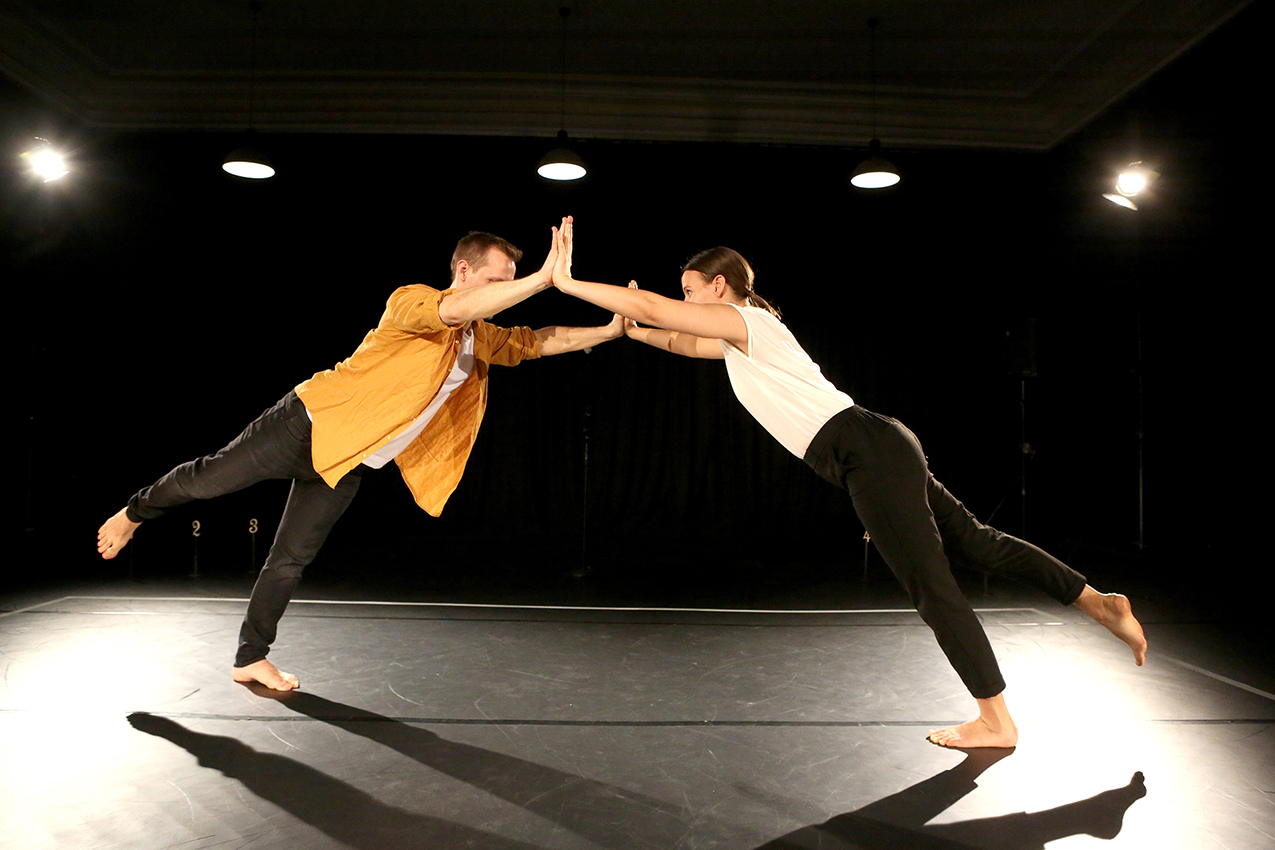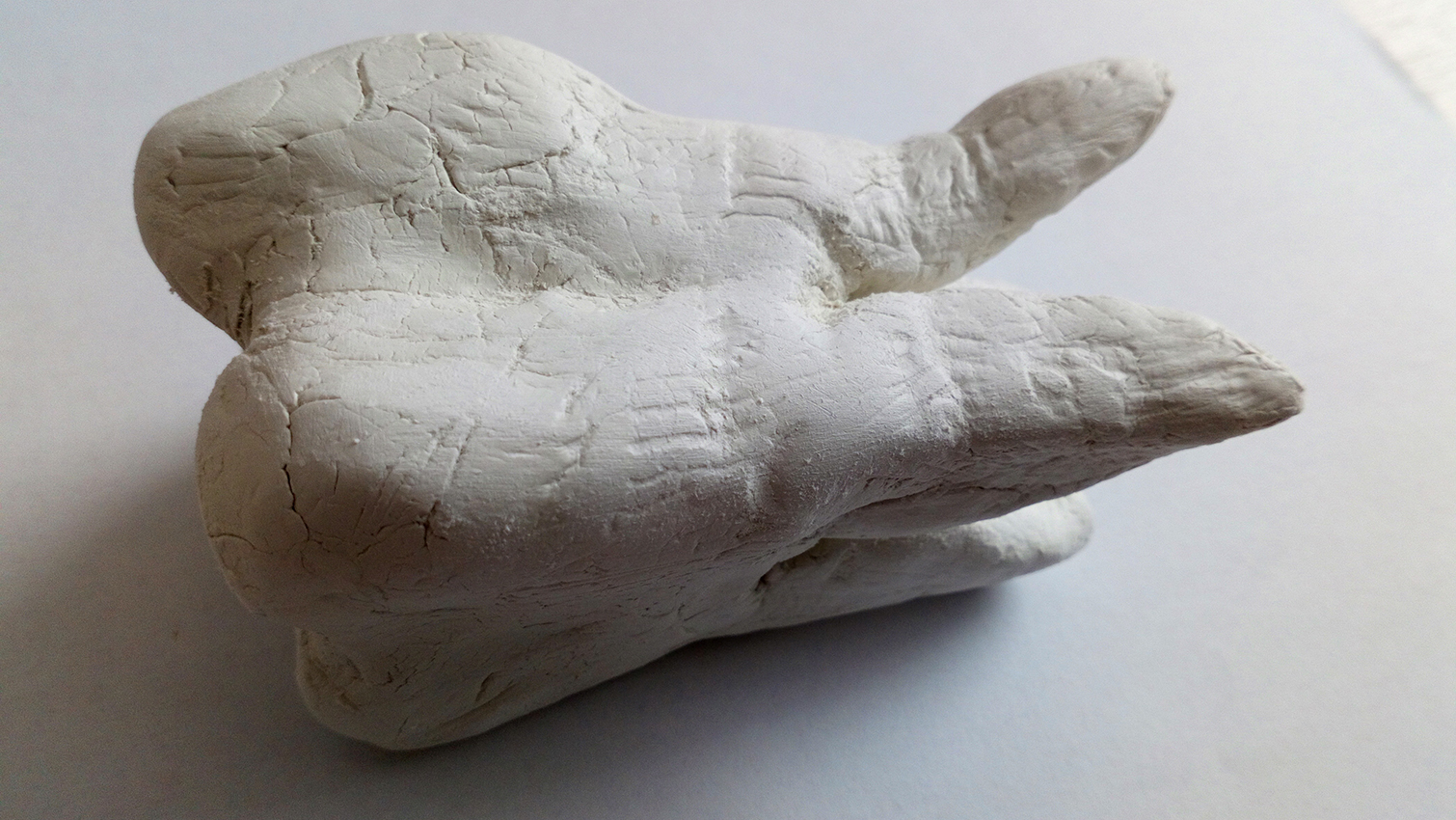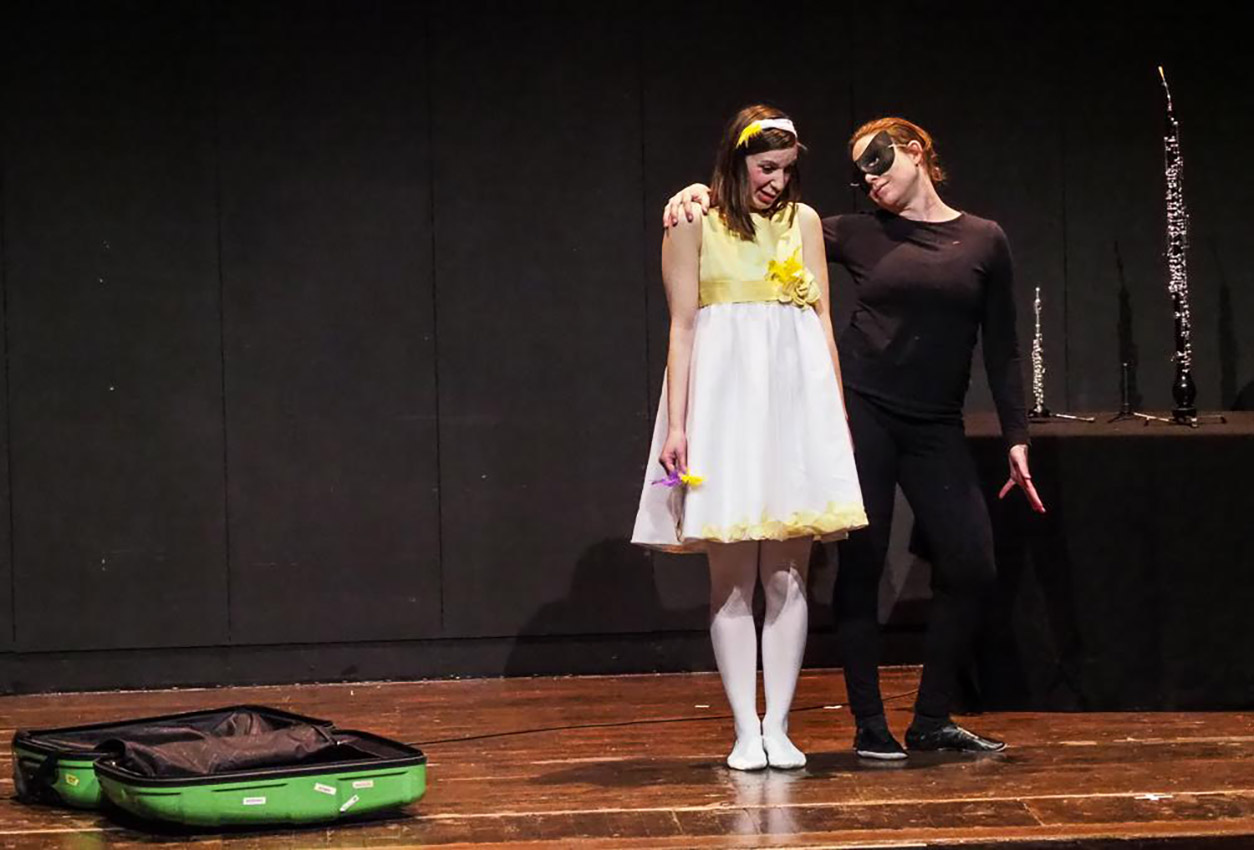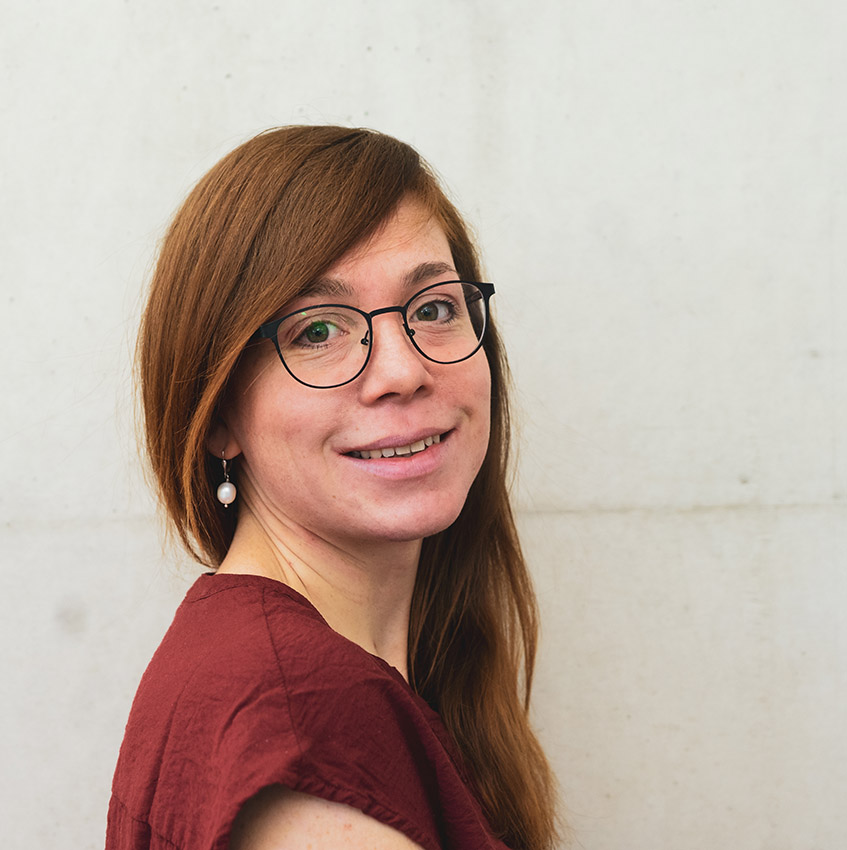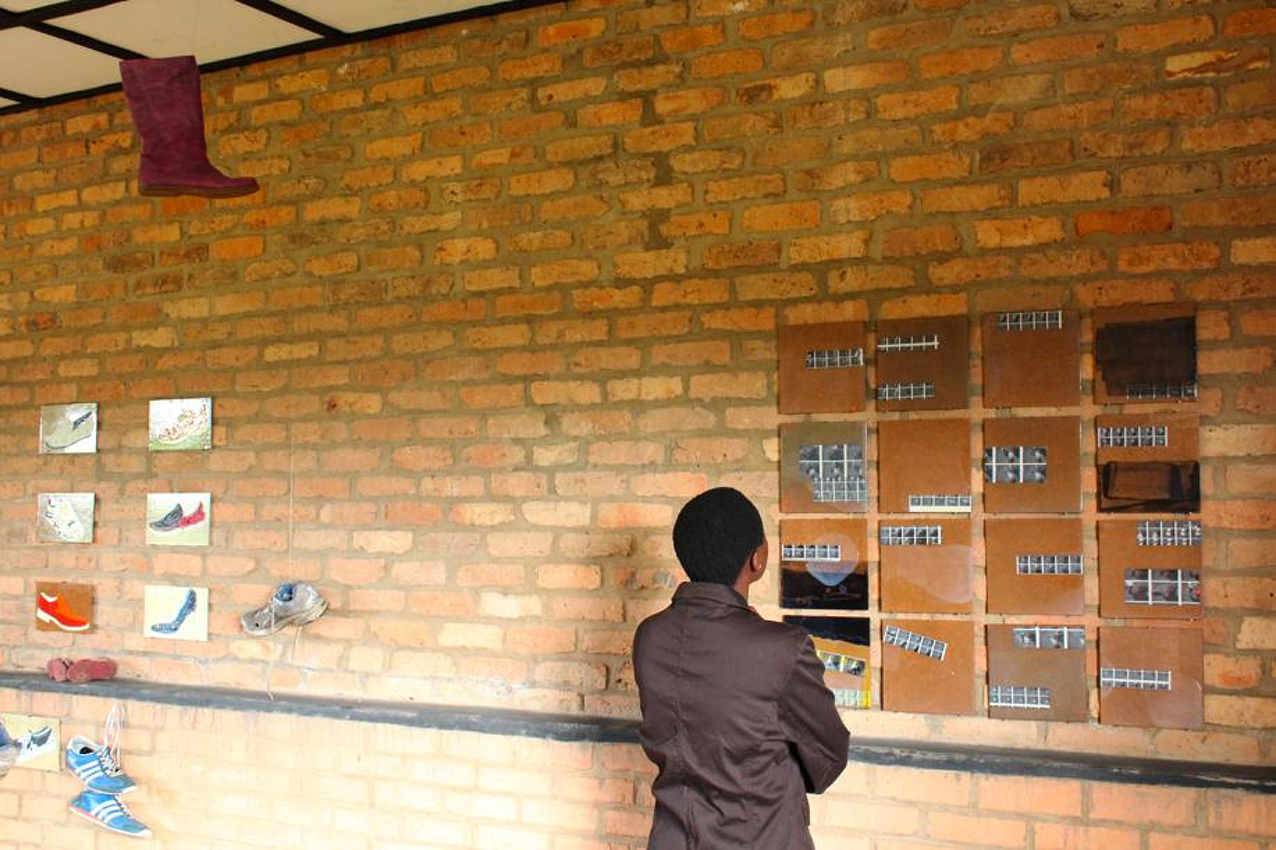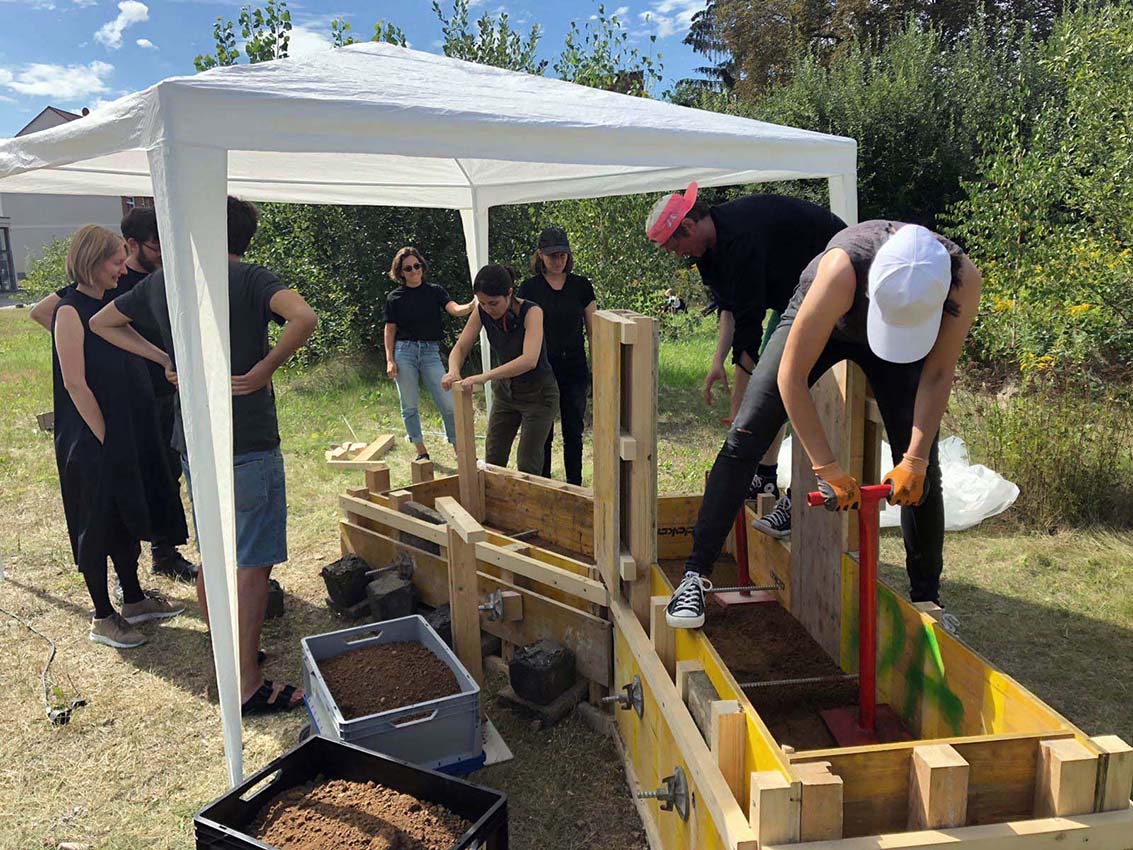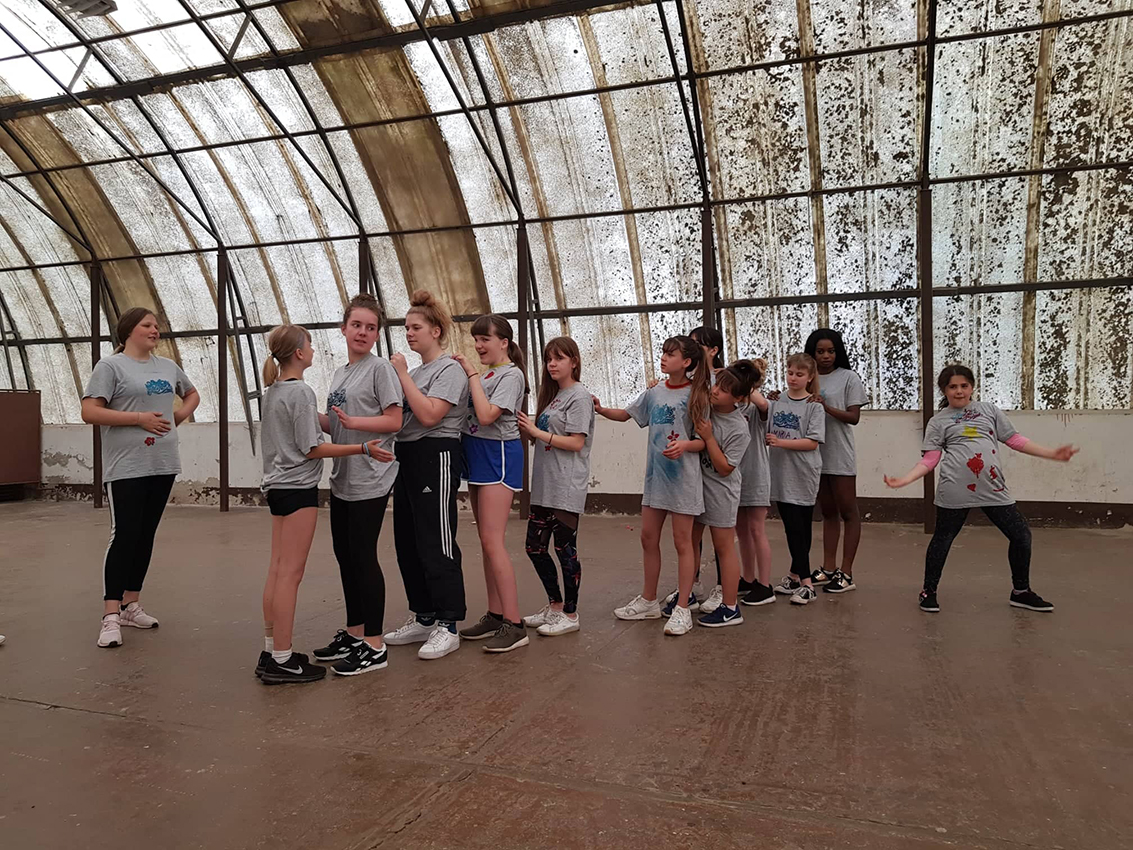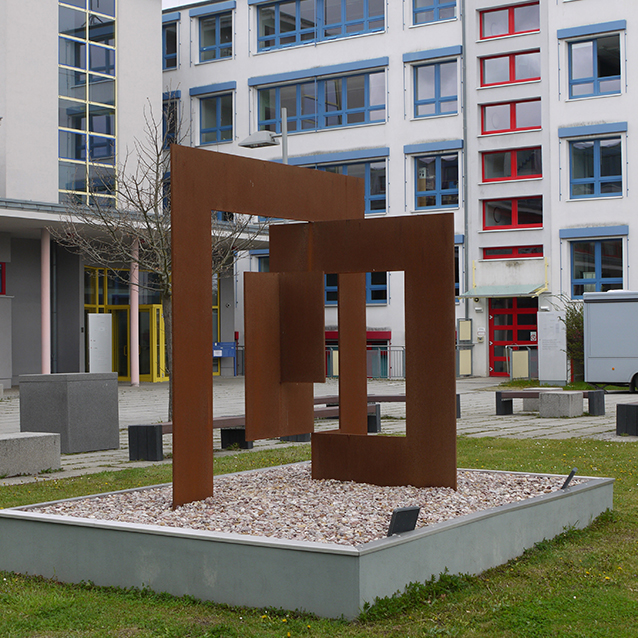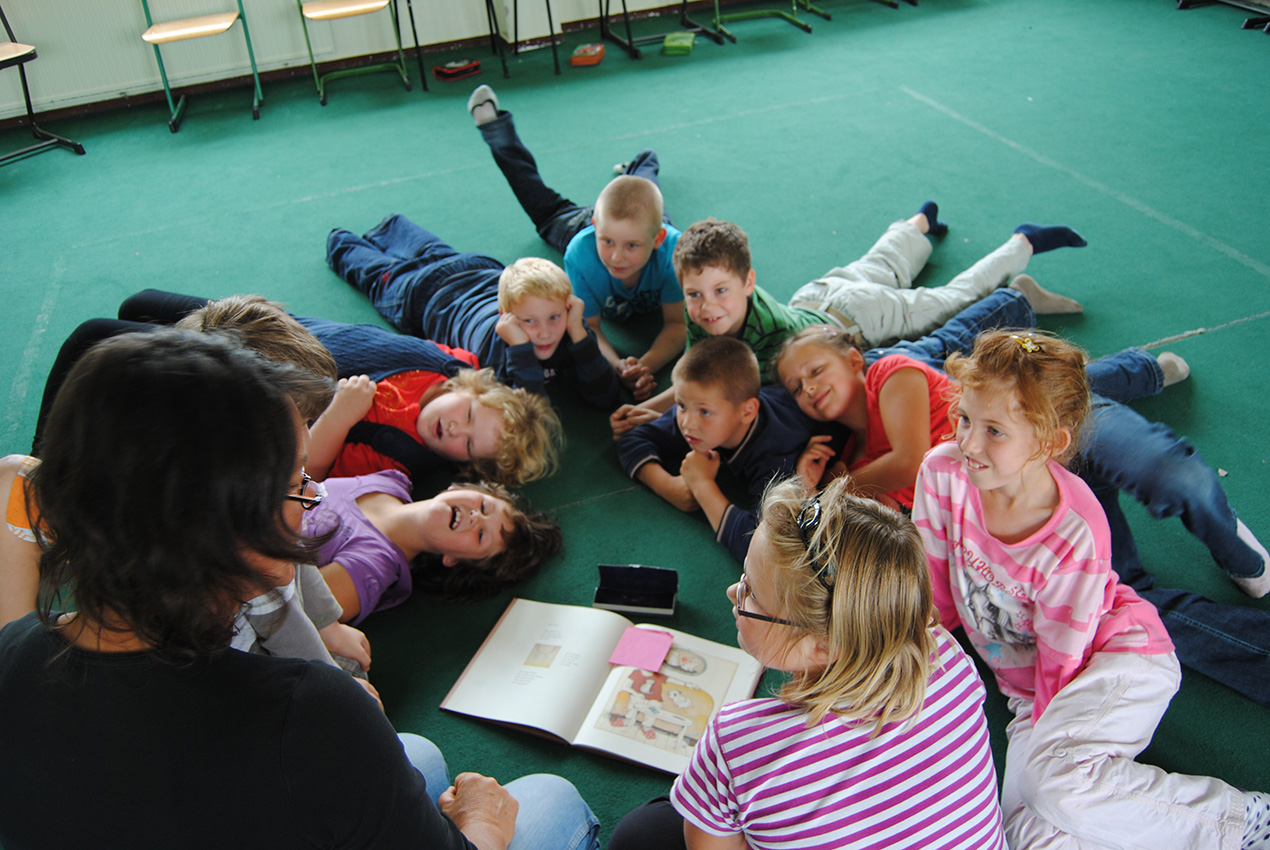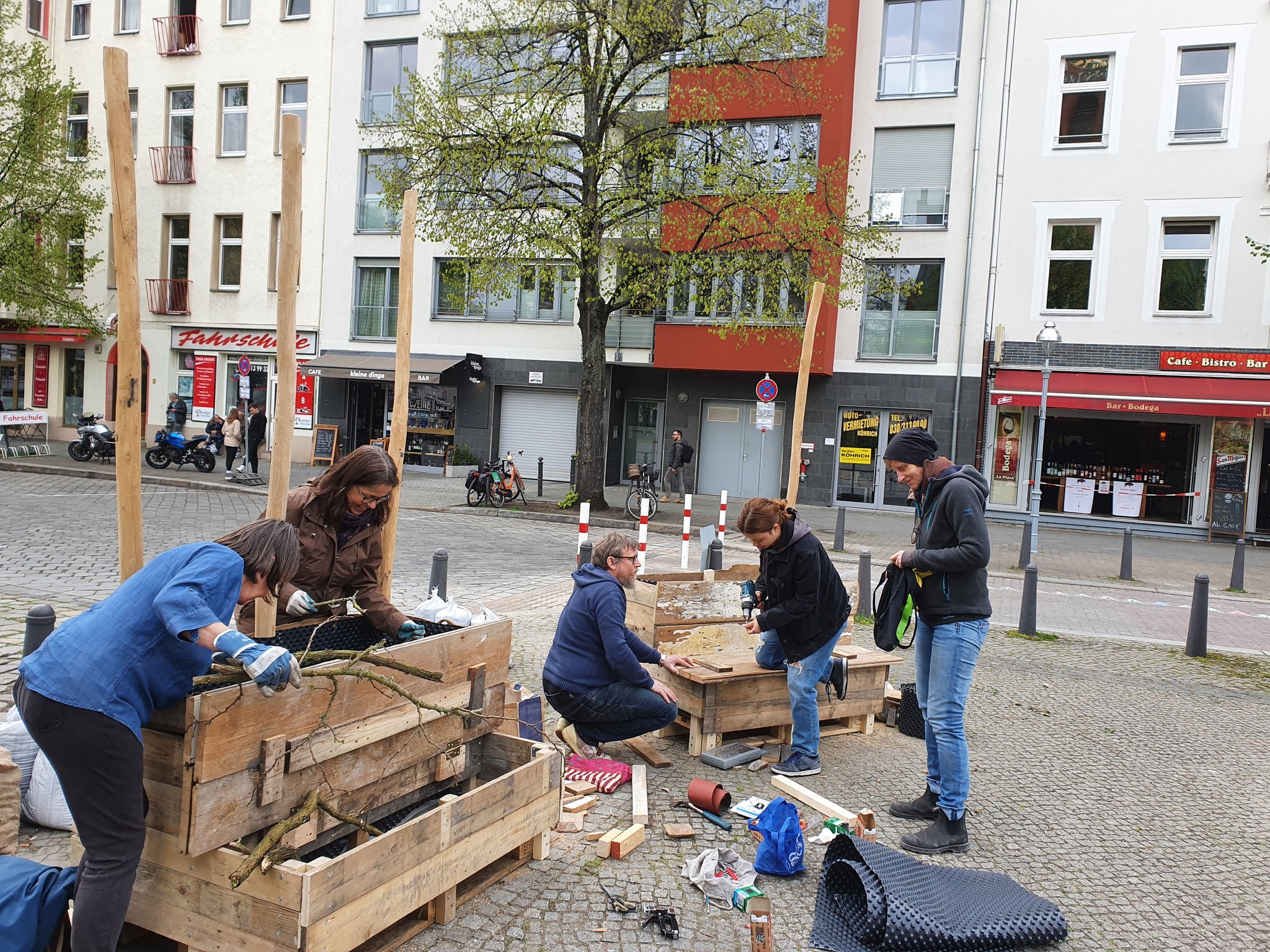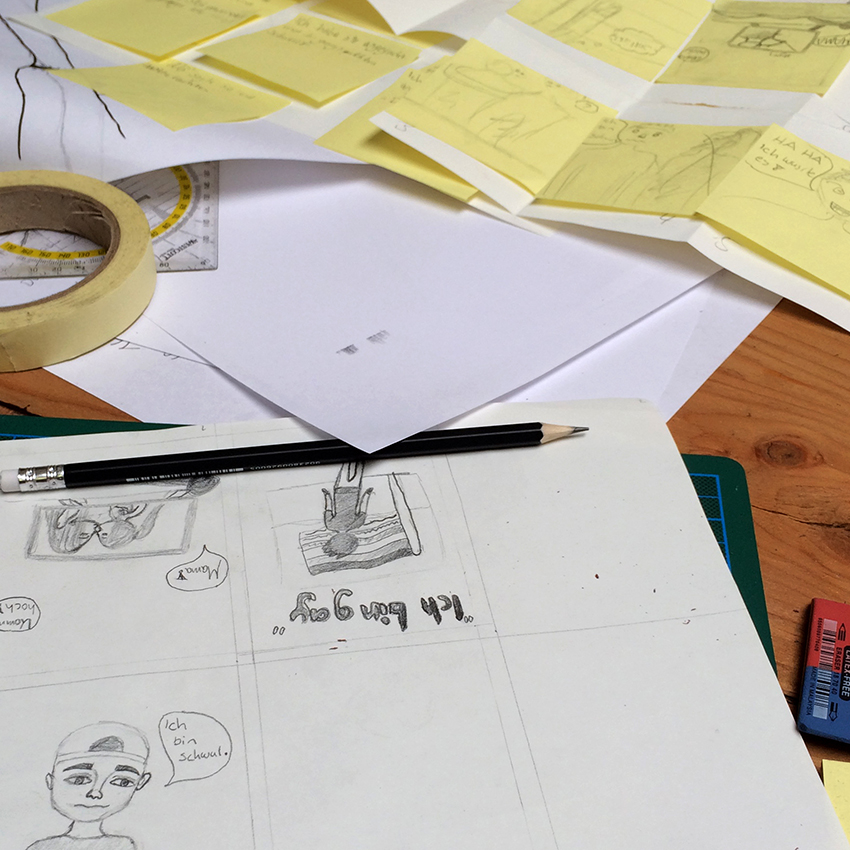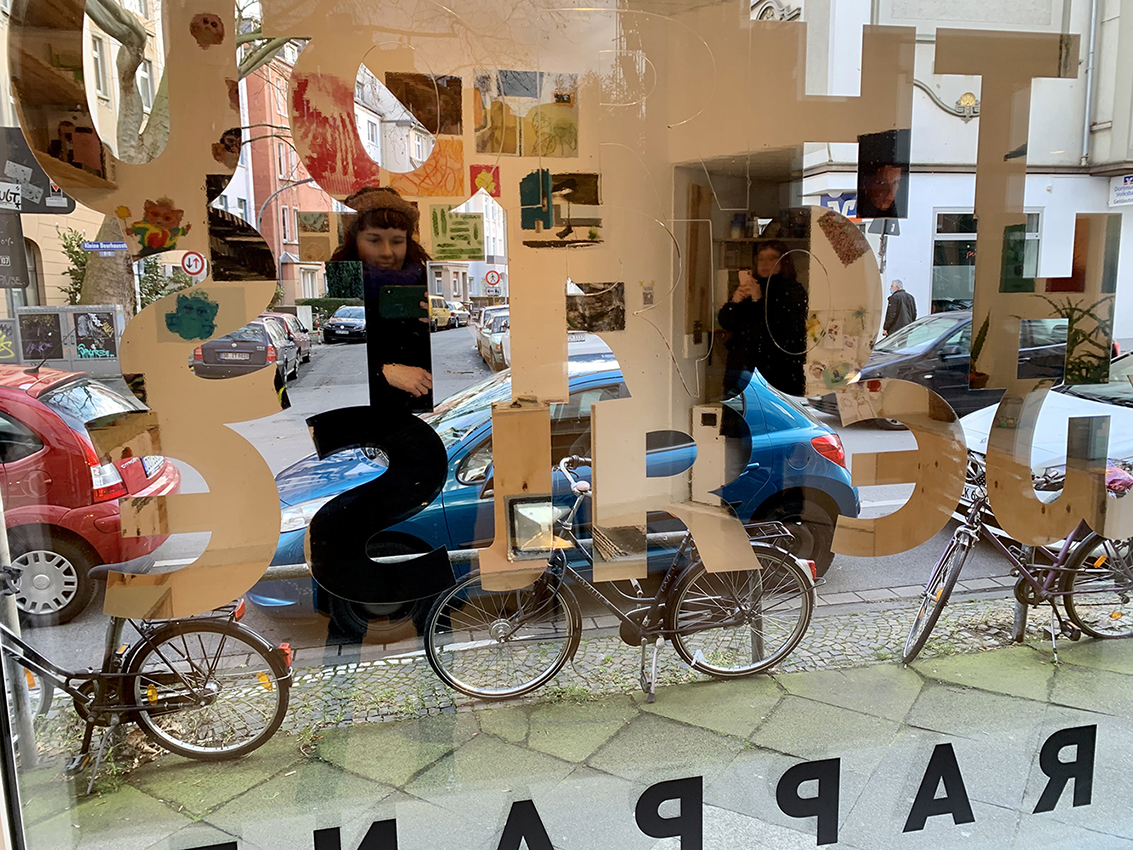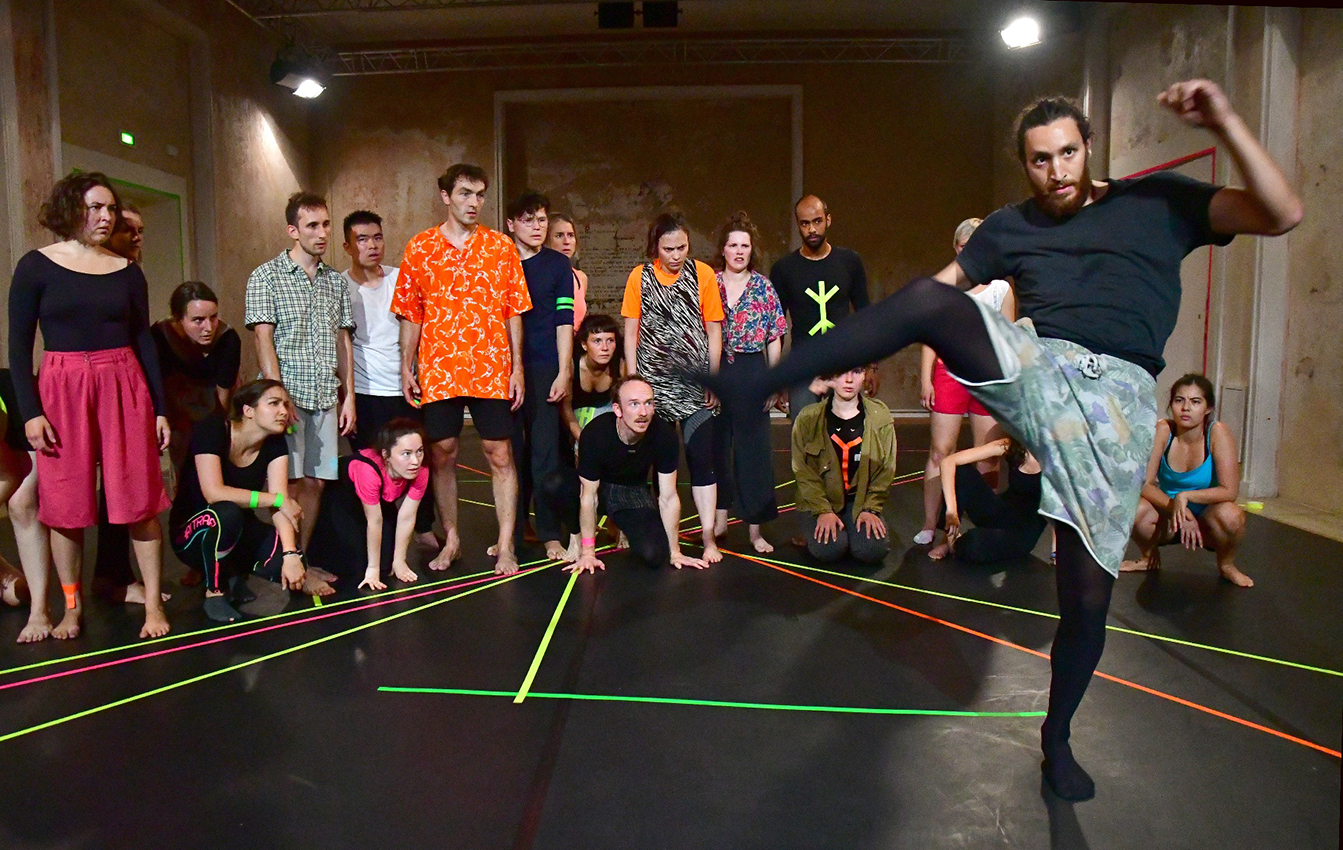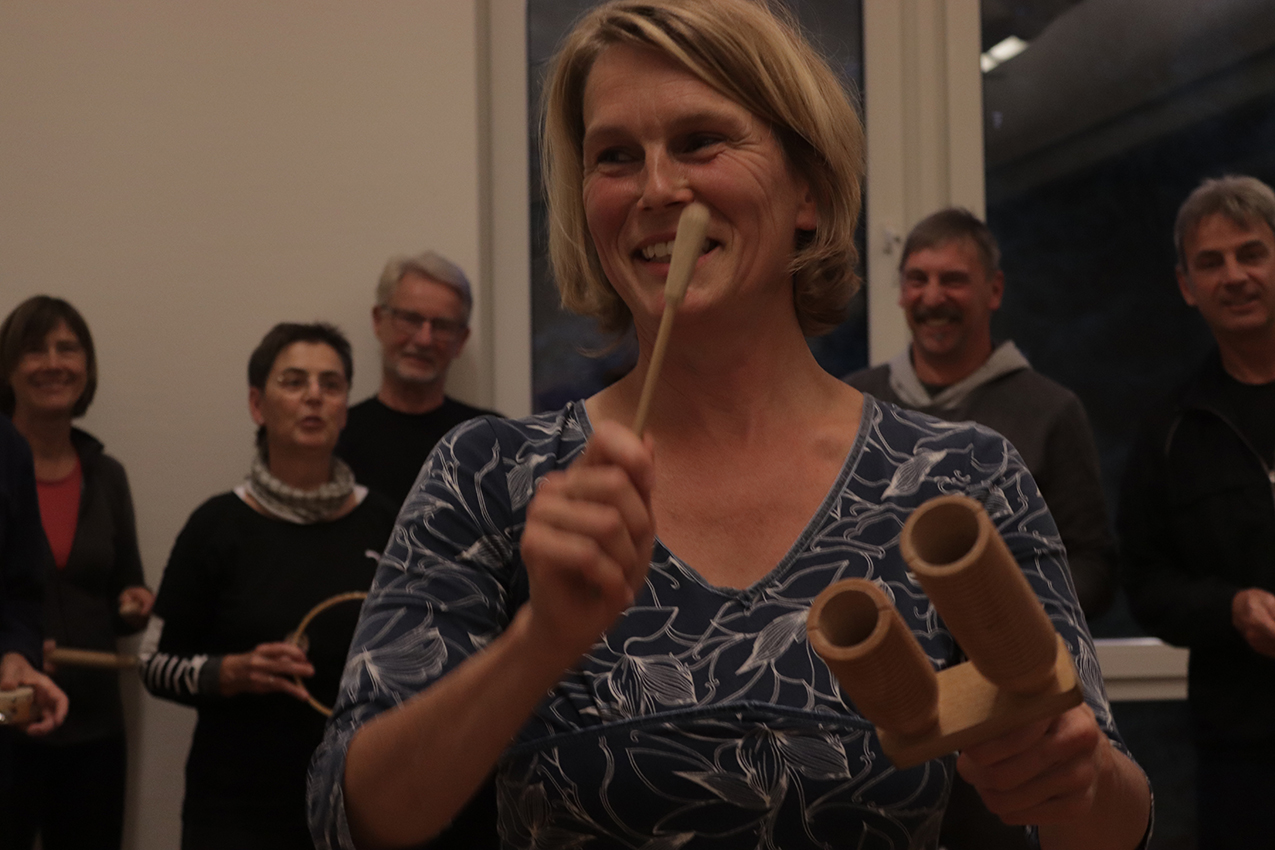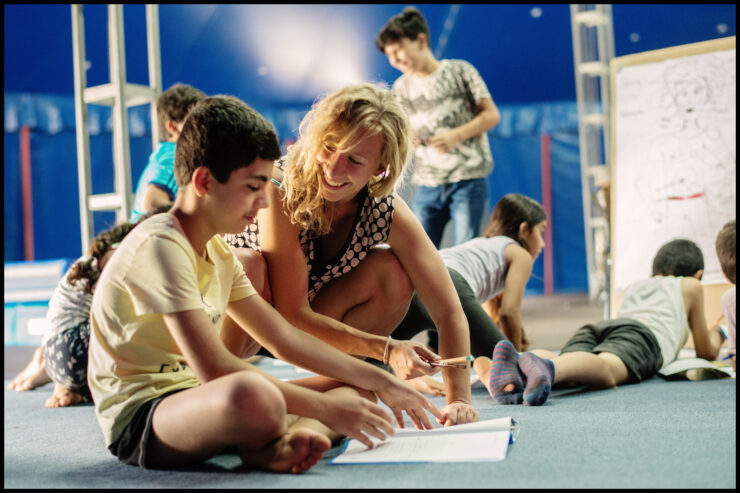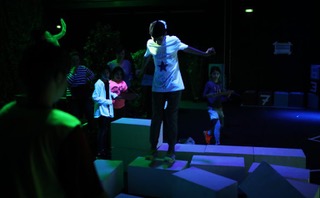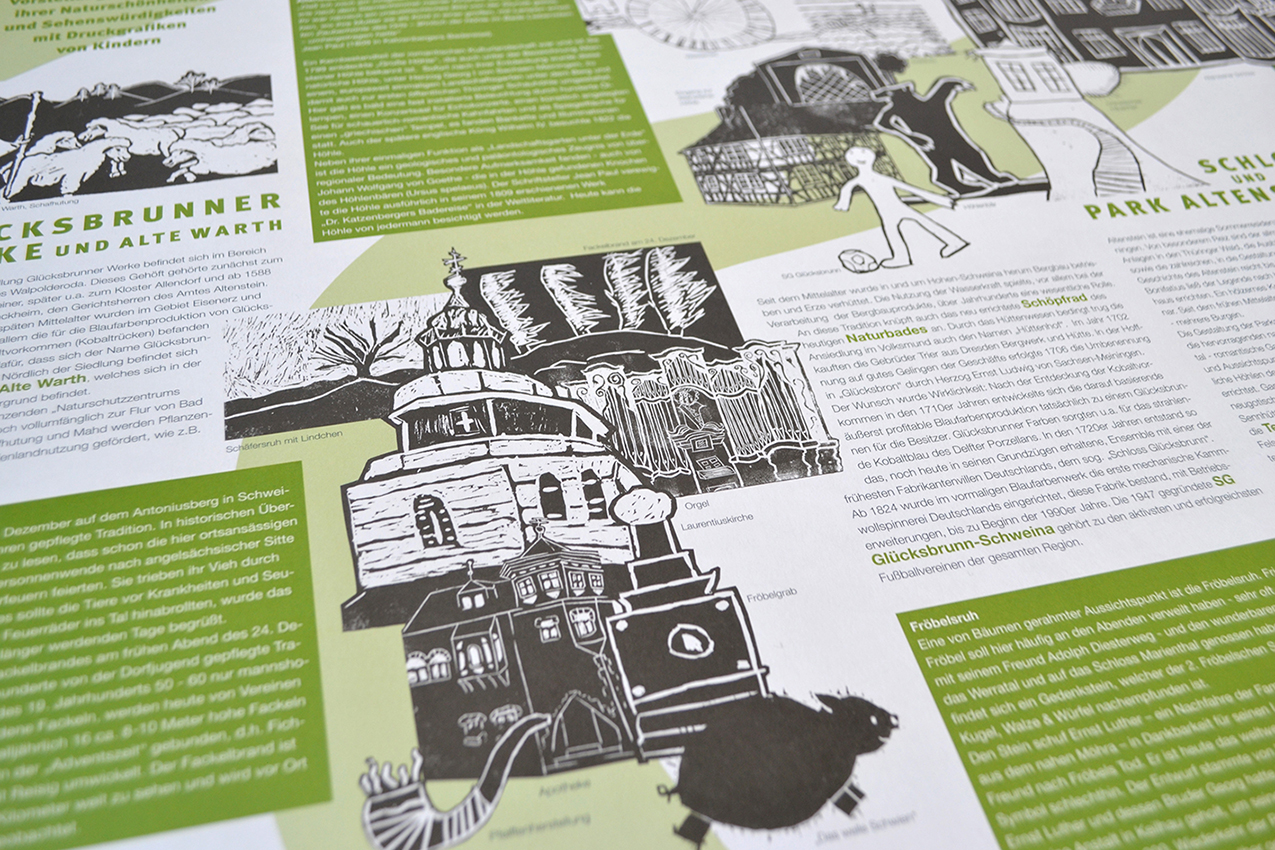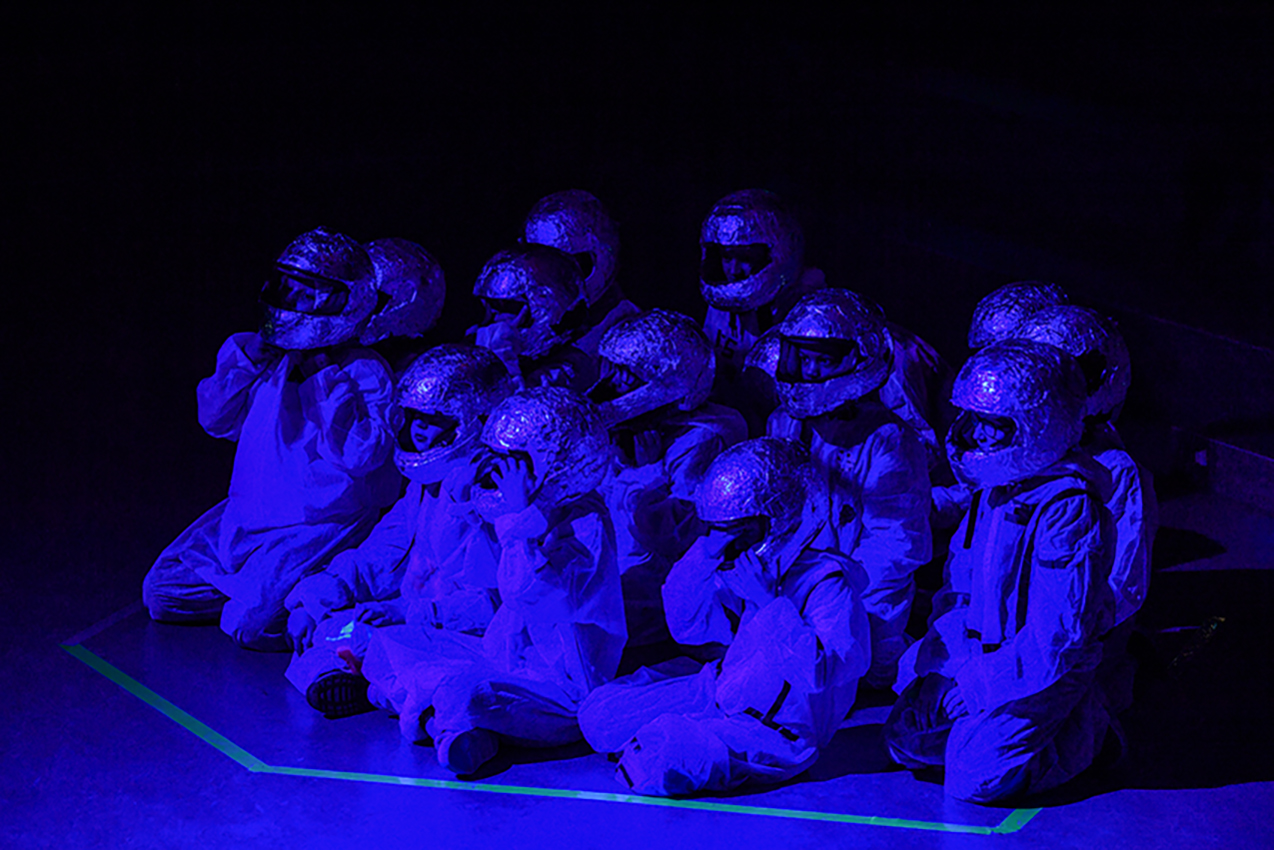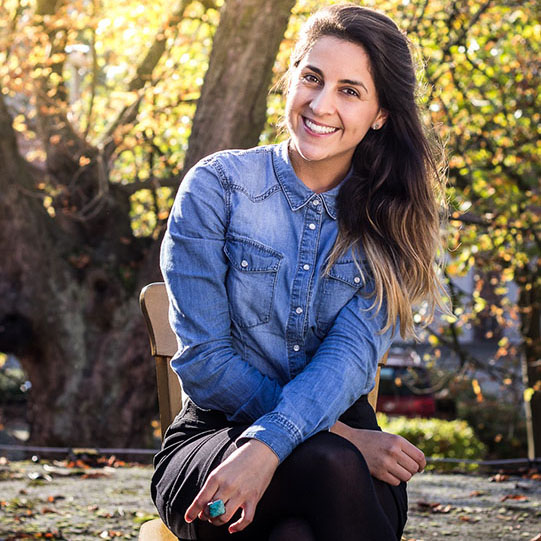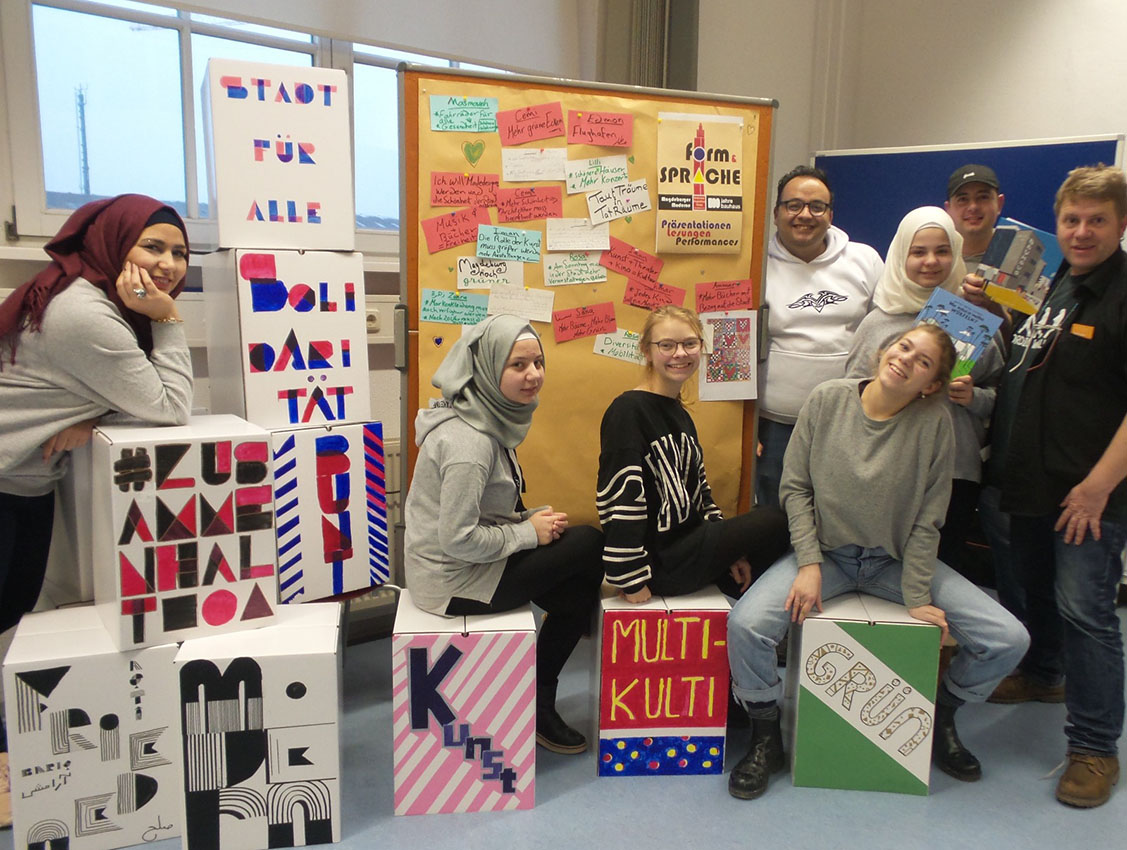The final 33 artists from various disciplines were identified to participate in the certificate course.
After an intensive selection process by the project managers of the University of Hildesheim together with the external jurors Özlem Canyürek and Khadidiatou Bangoura, 33 participants have now been identified for the pilot course. In the selection process, special emphasis was placed on achieving the greatest possible diversity in terms of artistic disciplines, as well as age, experience and background. The heterogeneity of the group makes it possible to discuss the content of the course from a wide variety of perspectives.
Juror Özlem Canyürek emphasizes that this is “the most diverse group” she has selected so far as a juror for qualifications in the cultural sector in Germany. Due to the high response rate of 456 applications for 30 places, the organizers agreed to increase the number of participants by 10% and to admit 33 people.
An important signal for those artists who did not receive a place on the pilot course is that intensive work is already underway to establish the continuing education program at various locations in Germany.
The selected fellows will be presented on the project homepage in May with their profile as well as an insight into their artistic practice and already realized projects in cultural education.
If you are interested in further information or in participating in the transfer of the pilot project, you can find information on the website and by e-mail ( pia [dot] wagner [at] uni-hildesheim [dot] de).

